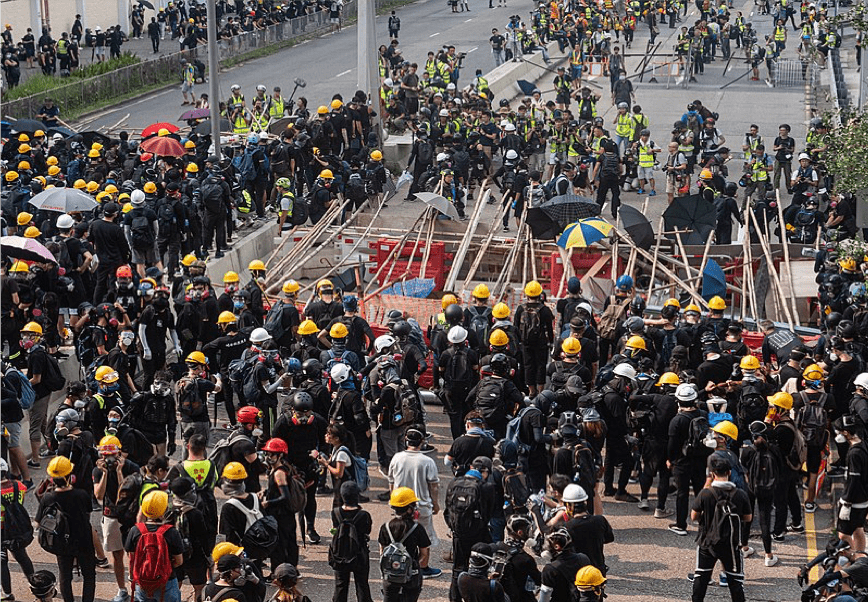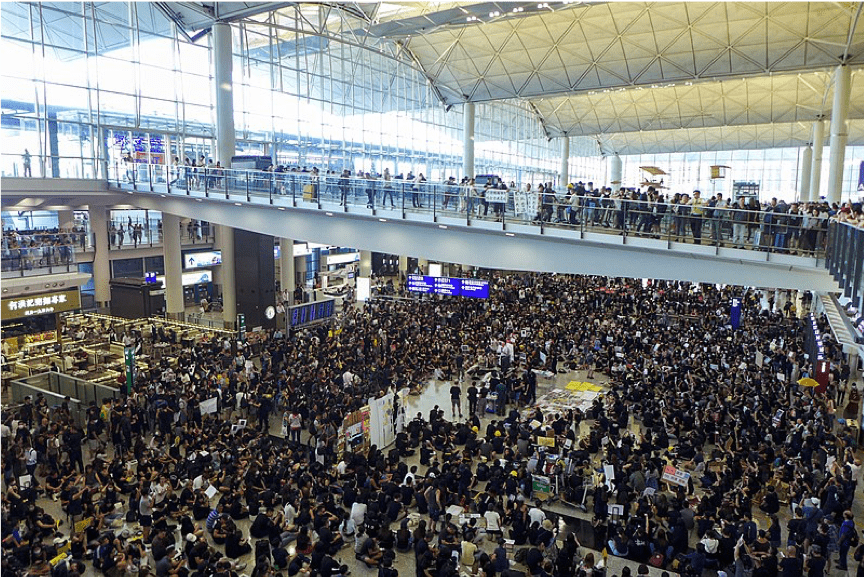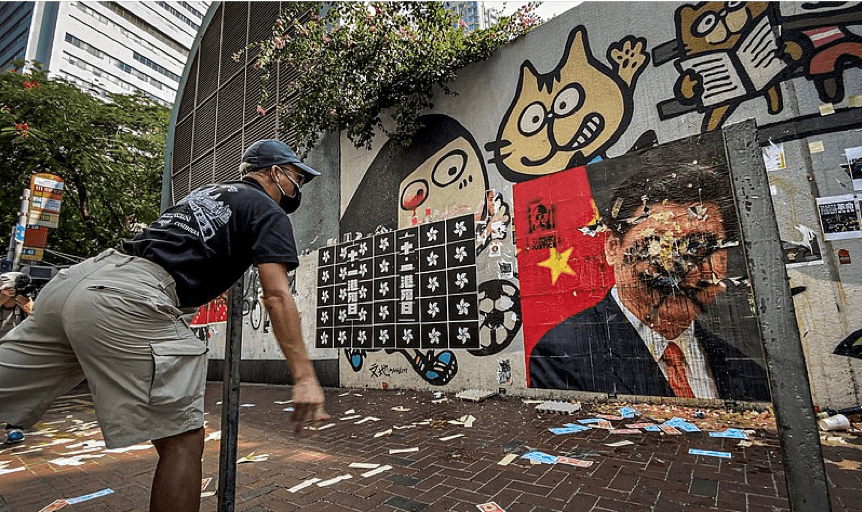By Huihua Nui
How did the protests start?
The problems leading up to the protests come from back in February when Hong Kong officially launched the amendments procedure of the Fugitive Offenders and the Mutual Legal Assistance in Criminal Matters Regulations which was opposed by the business and legal circles in Hong Kong.
The business sector believed this may affect the business environment in Hong Kong whilst the legal profession believed that the amendments will undermine Hong Kong’s judicial independence. As a result protests in Hong Kong has escalated since June.
Why were the amendments launched?
In February 2018, Pan Xiaoying who was from Hong Kong was killed by her boyfriend Chen Tongjia in Taiwan.
Chen Tongjia was arrested in March and later admitted carrying out the crime.
On top of the crime, police accused Chen Tongjia of four money laundering offences plus three counts of theft regarding mobile phones and money. He was sentenced to 29 months in prison but was not given a charge for murder.
 Chen Tongjia at his trial in Hong Kong. – Source: Sing Tao daily
Chen Tongjia at his trial in Hong Kong. – Source: Sing Tao daily
In response, Taiwan Shilin District Prosecutor’s Office submitted mutual legal assistance to the Hong Kong Department of Justice in March, April and July of the same year. However, there is no mutual legal assistance mechanism between Hong Kong and Taiwan.
Therefore, the Hong Kong Government held a press conference on February 12, announcing the draft amendments to the Fugitive Offenders and the Mutual Legal Assistance in Criminal Matters Regulations. The draft allows the Hong Kong SAR government to transfer suspects and legal assistance to jurisdictions such as Mainland, Macau and Taiwan.
Timeline of protests
March 31: The Civil Human Rights Front held the first anti-reform parade. This marked the official start of the protests with organisers claiming that 12,000 people had taken part.
 Anti-reform parade in Kwong Tong. –Source: Wikipedia commons
Anti-reform parade in Kwong Tong. –Source: Wikipedia commons
June 12: Police were attacked with umbrellas and bricks as demonstrators agitated a group of people trying to enter the Legislative Council, causing the Queenstown of Hong Kong to fall into the hustle and bustle.
July 14: Parade members illegally assembled in Sha Tin District. Some people dispatched helmets and eye masks on a large scale in a short period of time, and excavated pavement bricks and collected a large number of iron branches. Police were also attacked as a group of violent demonstrators attacked them with traffic cones and unknown powders while throwing bricks, umbrellas and helmets at the police.
July 27: 11 men were arrested aged between 18-68, in the Yuen Long area, suspected of illegal assembly and possession of offensive weapons and assaulting police.
July 28: Violent demonstrators illegally assembled in the area around Sheung Wan where they attacked the police with iron bars and bricks and arsoned on the streets. According to reports, 49 people were arrested in connection.
August 12: A number of demonstrators held a rally at the Hong Kong International Airport resulting in all flights being cancelled for the day.
 The sit down protest that took place at Hong Kong International Airport. – Source: Wikipedia commons
The sit down protest that took place at Hong Kong International Airport. – Source: Wikipedia commons
August 13: At around 2pm the demonstrators broke through the blockade line set up at the airport and rushed into the departure lobby of Terminal 1 resulting in flights being cancelled for a second day.
August 31: Demonstrators attacked the government headquarters and the Legislative Council with petrol bombs. They were warned to stop the illegal acts by police before riot police dispersed the demonstrators.
October 1: Large scale demonstrations broke out in various locations in Hong Kong, on the 70th anniversary of the founding of the Chinese Communist Party. Anti-riot police opened fire at the demonstrators.
This was the first time since the handover of sovereignty in 1997 that demonstrators were hit by live ammunition by the police.

